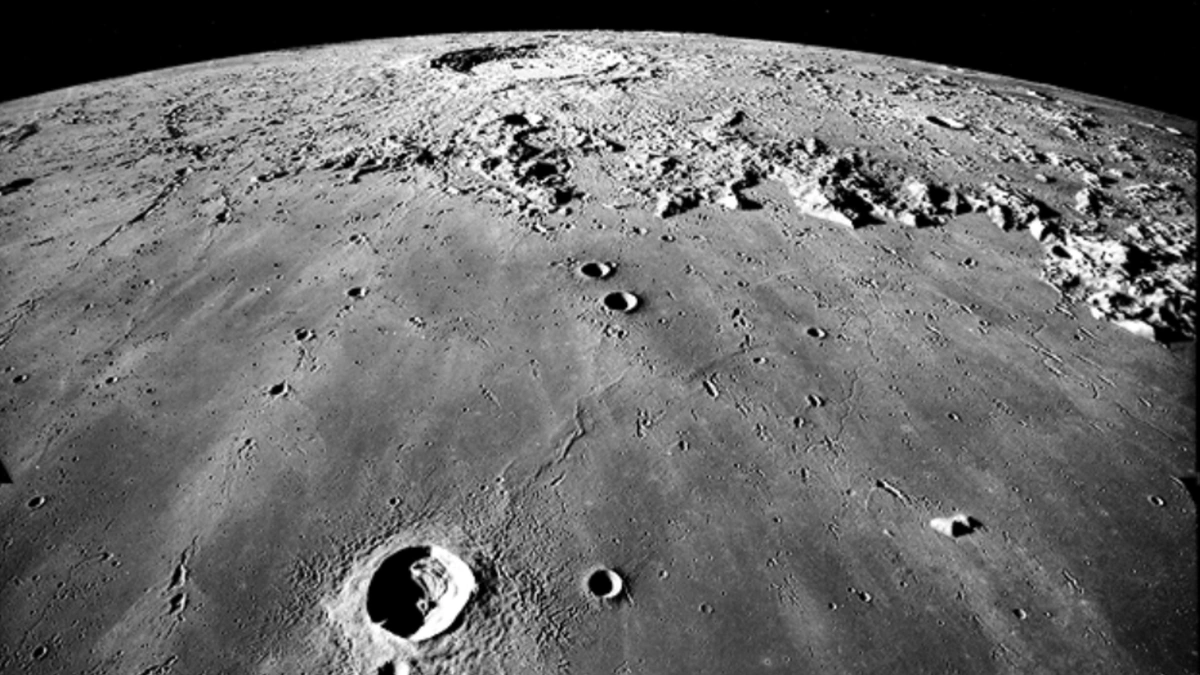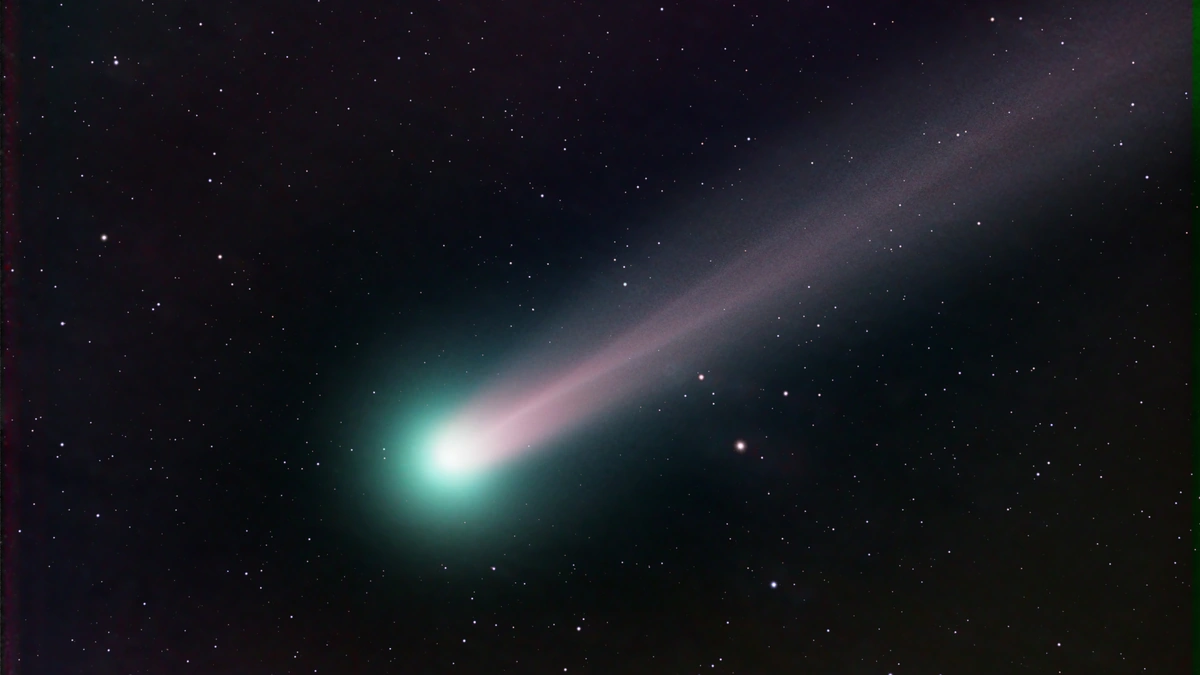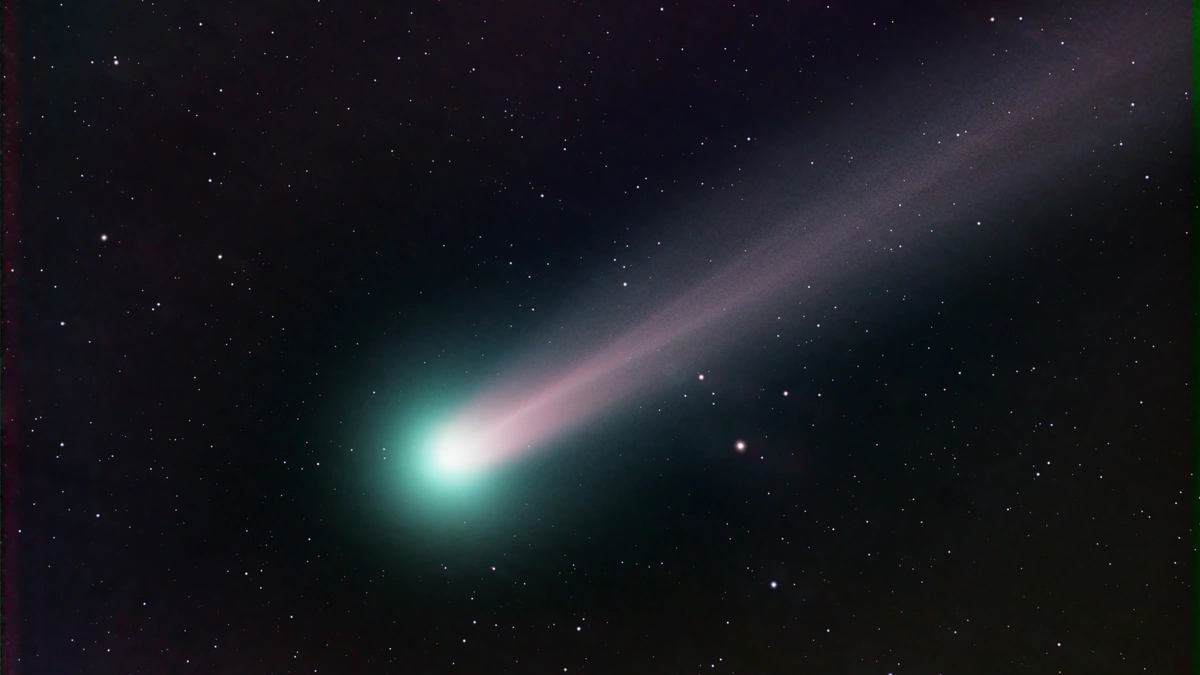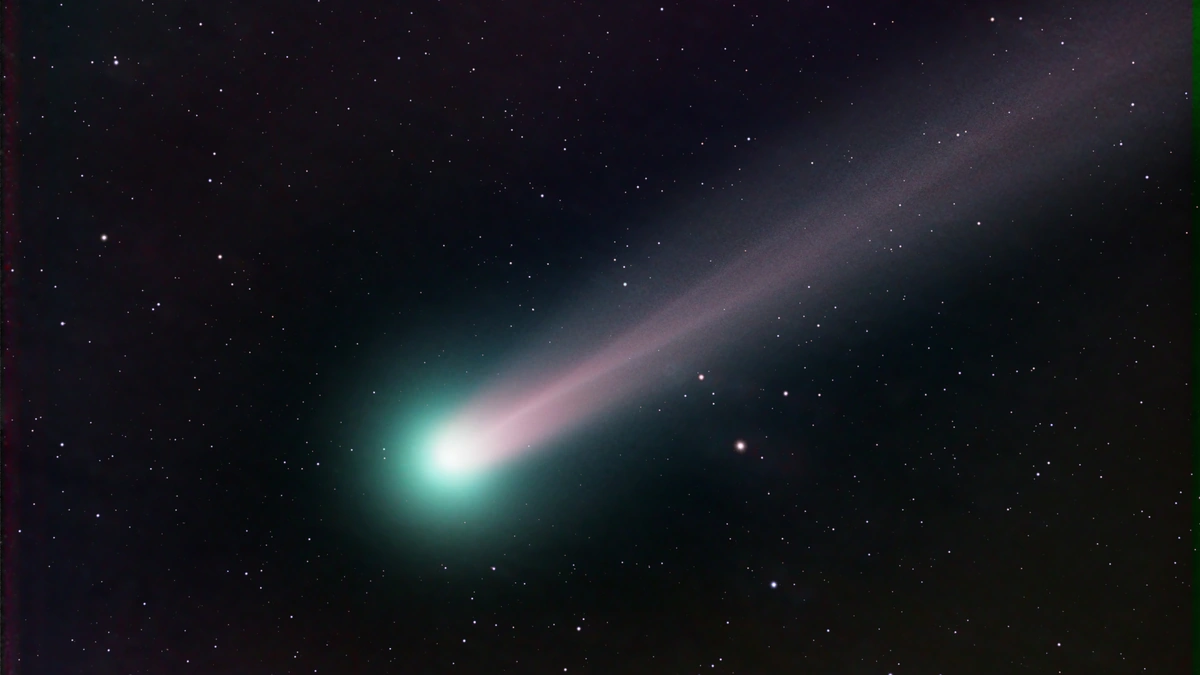Giant Asteroid Created the Moon’s Biggest Crater
The moon, our celestial neighbor, has always held a certain fascination. We gaze up at it, write poems about it, and occasionally, it even influences our festivals (Karwa Chauth, anyone?). But let’s be honest, have you ever really thought about how those craters got there? I mean, beyond the basic “asteroid impact” explanation. This, my friends, is where things get interesting – especially when we’re talking about the moon’s biggest crater . Hold on tight, because this is going to be a wild ride through space history.
The South Pole-Aitken Basin | A Colossal Scar
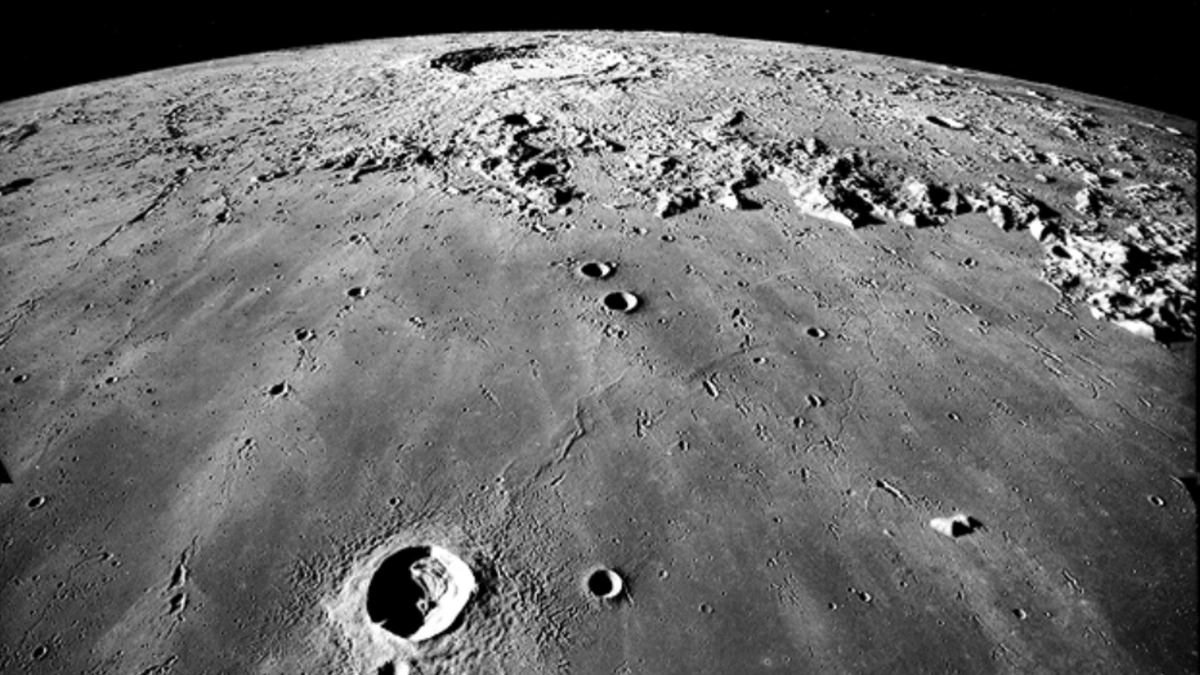
So, what are we actually discussing here? It’s called the South Pole-Aitken (SPA) Basin. Imagine a dent so massive, it stretches roughly 2,500 kilometers (1,550 miles) in diameter and plunges as deep as 8 kilometers (5 miles). That’s like a scar running across nearly a quarter of the moon’s surface. We’re not talking about a little blemish; this is a proper celestial wound. But how did this behemoth of a lunar crater form?
Scientists largely agree – a giant asteroid. But, and here’s the thing, pinning down the specifics of this impact – the size of the asteroid, its speed, its angle of attack – is a colossal puzzle. The SPA Basin isn’t just a hole; it’s a window into the moon’s past, and by extension, the early solar system. And that, my friends, is why it matters.
Why This Ancient Impact Matters Today
Okay, so a rock hit the moon a long time ago. Why should we care now? Well, for starters, understanding the SPA Basin helps us understand the moon’s composition. The impact was so powerful that it likely excavated material from deep within the lunar mantle – think of it like digging up the moon’s guts. Analyzing this material can tell us a lot about the moon’s formation and evolution.Voyager, for example, has contributed greatly to space exploration.
And it’s not just about the moon. By studying these ancient impacts, we learn about the bombardment that affected all the inner planets, including Earth. Think about it: if an asteroid big enough to create the SPA Basin hit Earth, well, let’s just say your morning commute would be the least of your worries. So it would have devastating consequences. Understanding these events helps us assess the risks of future impacts and potentially develop strategies for planetary defense.
But wait, there’s more! The SPA Basin might even hold clues about the origin of water on the moon. Some scientists believe that the impact could have exposed water ice that was previously buried deep beneath the surface. This ice could potentially be used as a resource for future lunar missions – imagine a moon base fueled by lunar water! That’s wild, isn’t it?
Unraveling the Mysteries | What We Still Don’t Know
Let’s be honest, despite all the research, we still have more questions than answers about the SPA Basin. For instance, what exactly was the size of the asteroid? Estimates vary widely. And what was its composition? Was it a rocky asteroid, a metallic one, or something else entirely? These questions are important because they affect how we model the impact and interpret its consequences.
Another big mystery: why is the far side of the moon so different from the near side? The SPA Basin is located on the far side, and some scientists believe that the impact played a role in creating the asymmetry between the two hemispheres. It’s like the moon has a split personality, and the SPA Basin might be the key to understanding why.
And here’s a quirky thought: could the SPA impact have triggered volcanic activity on the moon? Some researchers think so. The impact could have created fractures in the lunar crust, allowing magma to reach the surface and create volcanic features. The moon has volcanoes which can be found via theblood moon total lunar eclipse. Mind. Blown.
India’s Lunar Ambition and the SPA Basin
India’s Chandrayaan missions have played a vital role in lunar exploration, including studying the SPA Basin. Chandrayaan-1, for example, carried instruments that mapped the lunar surface and detected evidence of water ice. These data have helped scientists refine their models of the SPA impact and its aftermath. And with future missions planned, India is poised to continue contributing to our understanding of this colossal impact crater .
What fascinates me is how these missions are not just about scientific discovery; they’re also about inspiring the next generation of scientists and engineers in India. Seeing our own spacecraft exploring the moon and contributing to global knowledge is incredibly empowering. It’s a testament to India’s growing technological prowess and its commitment to space exploration. According to Wikipedia this crater is about 2,500 km.
The Future of Lunar Exploration and the SPA Basin
So, what’s next for the SPA Basin? Well, scientists are eager to get their hands on samples of the material excavated by the impact. These samples could provide invaluable insights into the moon’s mantle and the conditions that existed in the early solar system. A sample-return mission to the SPA Basin is a high priority for future lunar exploration.
Furthermore, advanced imaging and mapping technologies are helping us create more detailed models of the basin’s structure. These models are essential for understanding the impact process and its long-term effects on the moon. And as we continue to explore the moon, we’re sure to uncover even more secrets about the SPA Basin.
Here’s the thing: the SPA Basin isn’t just a crater; it’s a story etched onto the face of the moon. A story of cosmic collisions, planetary evolution, and the ongoing quest to understand our place in the universe. And that, my friends, is a story worth exploring.
FAQ
What exactly is the South Pole-Aitken Basin?
It’s the largest known impact crater on the Moon, a colossal depression stretching roughly 2,500 kilometers in diameter.
How old is the SPA Basin?
Scientists estimate it formed around 4.2 billion years ago, during the early days of the solar system.
Could an impact like that happen on Earth?
Yes, but Earth’s active geology and atmosphere have erased most evidence of early impacts. However, studying lunar craters helps us understand the potential risks.
Why is studying the SPA Basin important?
It offers insights into the Moon’s composition, the early solar system, and the potential for lunar resources like water ice.
How are Indian missions contributing to SPA Basin research?
Chandrayaan missions have mapped the lunar surface and detected evidence of water ice, providing valuable data for understanding the basin.
What’s the next step in studying the SPA Basin?
A sample-return mission to collect and analyze material from the basin is a high priority for future lunar exploration.
